Would it be surprising to find a rocky planet that dates back to the very early Universe? It should be. The early Universe lacked the heavier elements necessary to form rocky planets.
But astronomers have found one, right here in the Milky Way.
After the Big Bang, the Universe consisted of nothing but light elements like hydrogen and helium, with a little lithium. Rocky planets require heavier elements like carbon, oxygen, and iron, which astronomers call metals. Those heavier elements can only be formed in the hearts of stars. And the first stars didn’t form until about 200 million years after the Big Bang.
Any extremely ancient planets, formed not long after the Universe began, should be gaseous, not rocky. There wasn’t enough time for stars to seed the Universe with heavy elements for rocky planets. Or was there?
The planet in question orbits the star known as TOI 561. TOI stands for TESS Object of Interest, meaning it was spotted with NASA’s TESS (Transiting Exoplanet Survey Satellite). TOI 561 is one of the oldest stars in the Milky Way; about 10 billion years old.
TESS found the planet, and a team of researchers used follow-up observations with the Keck Telescope to learn more about it. They presented their findings at the January 2021 meeting of the American Astronomical Society. They also published their findings in a paper titled “The TESS-Keck Survey. II. An Ultra-short-period Rocky Planet and Its Siblings Transiting the Galactic Thick-disk Star TOI-561.” It’s published in the Astronomical Journal and the lead author is Dr. Lauren Weiss, Beatrice Watson Parrent Postdoctoral Fellow at the Institute for Astronomy at the University of Hawaii.
TOI 561 is in rare company. It’s one of the stars in what’s called the galactic thick disk. The galactic thick disk is composed almost entirely of ancient stars, whose chemistry and motion are different from the thin disk. Thick disk stars, including TOI 561, have much lower metallicity than stars in the thin disk. So finding a rocky planet orbiting it is surprising.

Credit: Kaley Brauer, MIT
“The rocky planet orbiting TOI-561 is one of the oldest rocky planets yet discovered. Its existence shows that the universe has been forming rocky planets almost since its inception 14 billion years ago,” said lead author Weiss in a press release.
The planet, named TOI-561b, was discovered when it transited in front of its star. As its name says, TESS is designed to detect the dip in star light when a planet transits in front of a star in its field of view. Astronomers can gauge the planet’s size by measuring the drop in light, and in this case, it indicates that the planet is about 1.5 Earth radii.
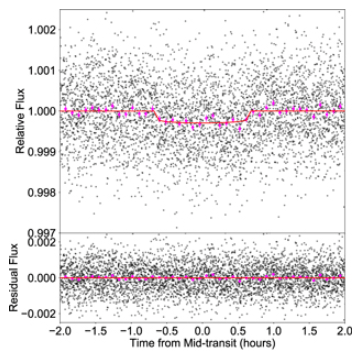
The team used the Keck Observatory for follow-up observations. The Keck has a special instrument called the High-Resolution Echelle Spectrometer (HIRES) to confirm the planet’s detection. HIRES allows astronomers to measure the wobble in the star caused by the planet’s gravitational tug. That measurement reveals the planet’s mass. In this case, the mass is large enough—three times greater than Earth’s—that TOI 561b has to be a dense rocky planet rather than a gaseous one. There are two other planets orbiting TOI-561, but they’re both gas planets.
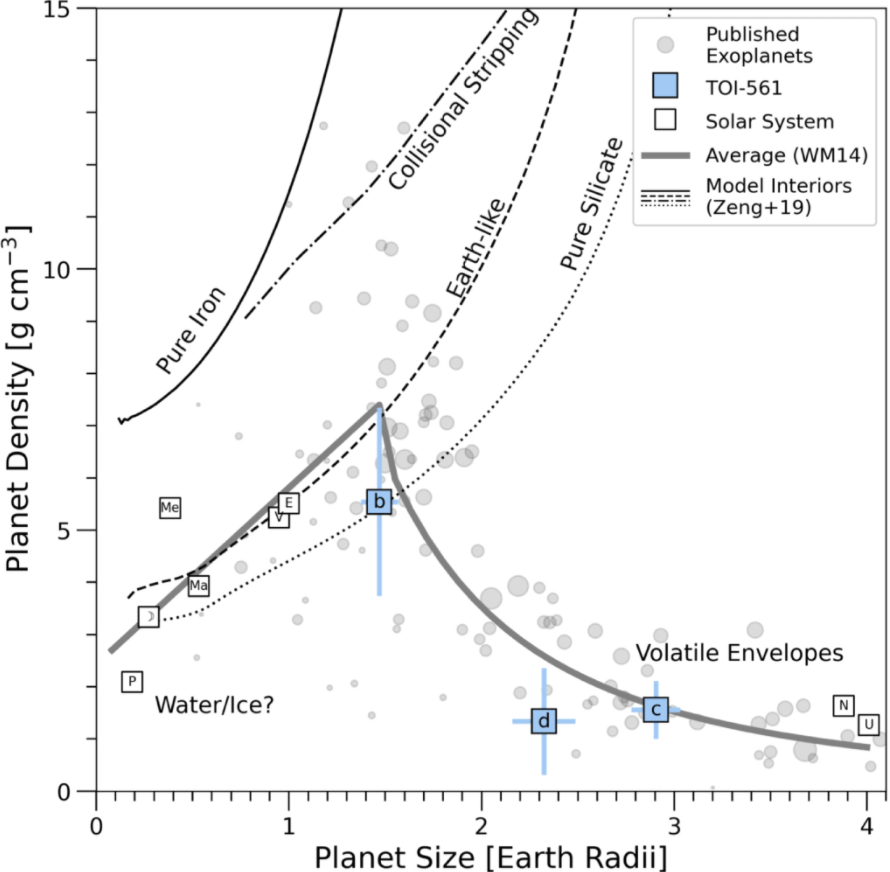
The origin of the old stars in the galactic thick disk is unclear. They could be the remnants of an ancient galaxy that was swallowed up by the Milky Way. Or they could be the first stars to form in the Milky Way. Or it could be something else. Nobody’s certain.
As a planet orbiting an ancient, 10 billion-year-old star, it’s been through a lot. The wandering motion of stars in the disk sometimes takes them above the galactic plane. An observer on TOI 561b would have been gifted some stunning views of the Milky Way’s beautiful spiral structure. “I wonder what view of the night sky would have been accessible from the rocky planet during its history,” said Weiss.
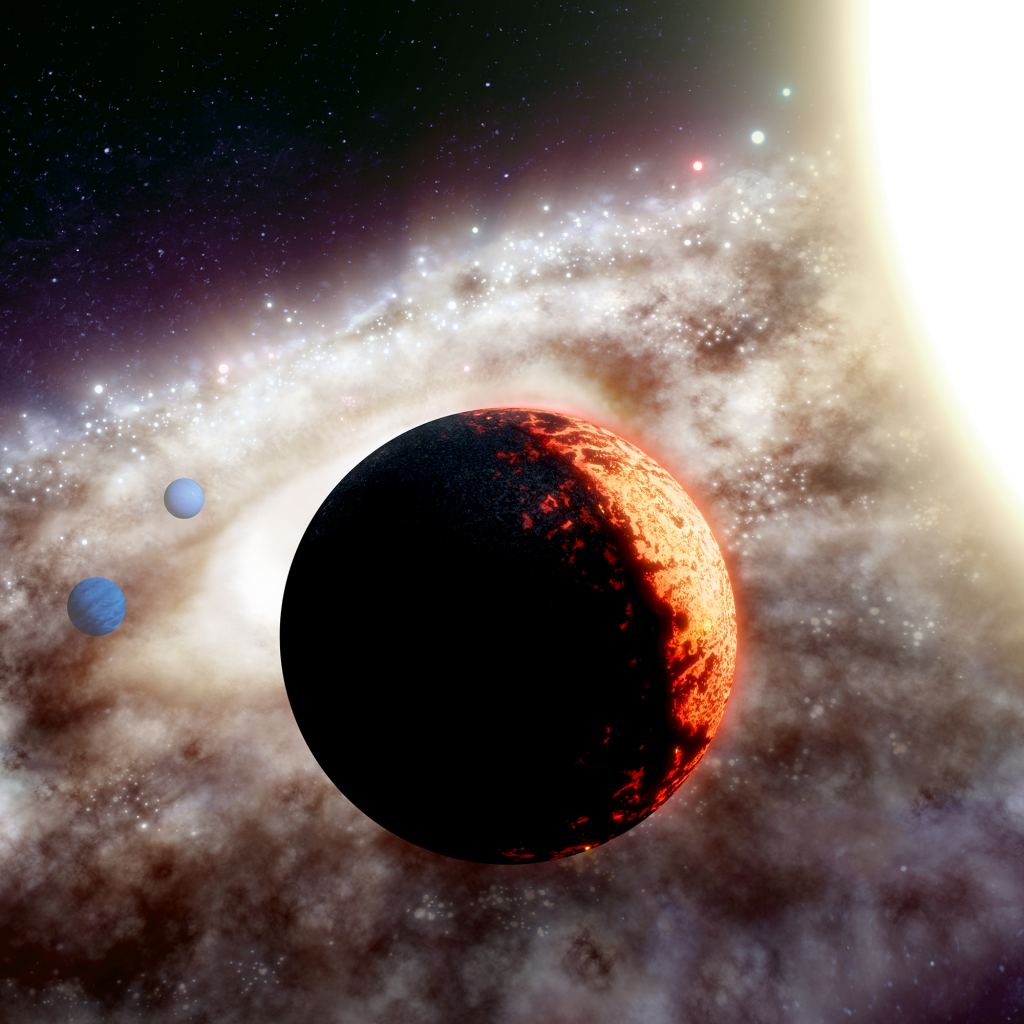
But there were likely no observers. Not now, anyway. Though the long history of the planet is unknown, it’s too hot for life in the present-day. TOI 561b in an ultra-short period (USP) planet. It orbits TOI 561 twice each Earth day at a distance that keeps the surface at about 2000 degrees Kelvin (1721 C; 3140 F.) So while it is a rocky planet, that rock is likely magma on the surface.
What does this discovery mean? Well, it would be surprising if it was the only one. It’s likely an indication that there’s a whole population of ancient, rocky planets orbiting ancient stars.
In fact, TOI 561b isn’t the first planet detected around a galactic thick disk star. The Kepler mission found five sub-Earth size planets orbiting the triple star system Kepler 444. Kepler 444 is estimated to be just over 11 billion years old, and its five planets are all rocky planets smaller than Venus. They’re also very close to their star and are blisteringly hot.
There’s also LHS 1815b. It’s orbiting an M dwarf star in the thick disk and was discovered in early 2020. It’s a rocky super-Earth and has a blistering surface temperature due to its proximity to its star.
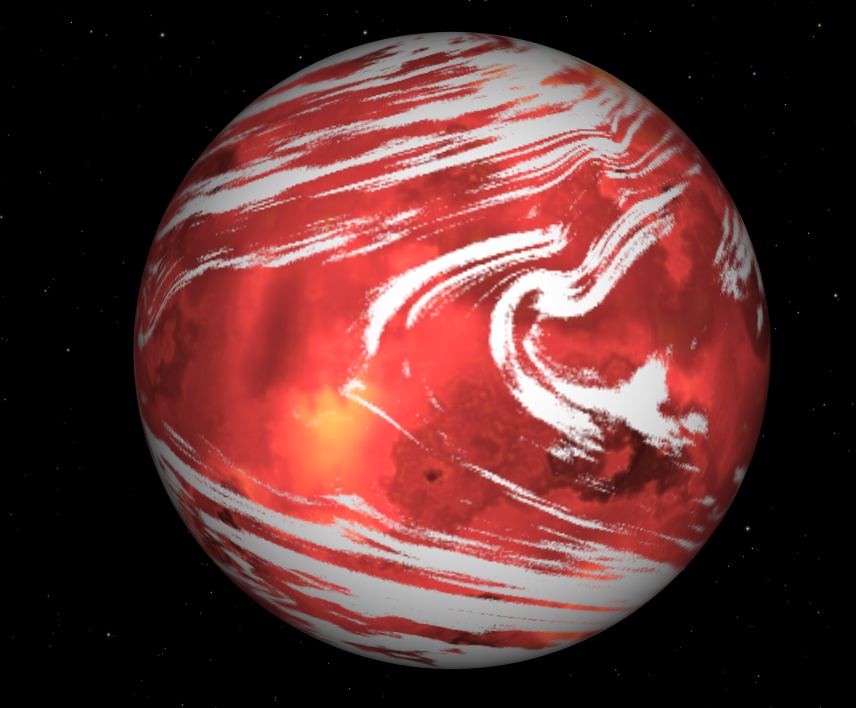
There’s still some mystery in this discovery. Not so much over the planet itself, but the thick disk. There’s disagreement and uncertainty on the nature of the galactic thick disk itself. Some astronomers think it doesn’t even exist as a distinct structure. In 2012 a group of astronomers published a paper in the Astrophysical Journal titled “The Milky Way Has No Distinct Thick Disk.” They argued that there is no distinct thick disk and say their data showed that “…the Milky Way has a continuous and monotonic distribution of disk thicknesses: there is no “thick disk” sensibly characterized as a distinct component.”
Nobody’s denying the existence of the ancient stars themselves or the ancient rocky planets orbiting them. But what the existence of those planets means for our understanding of the Universe is not clear yet.
More:
- Press Release: A Rocky Planet Around One of Our Galaxy’s Oldest Stars
- Published Research: The TESS-Keck Survey. II. An Ultra-short-period Rocky Planet and Its Siblings Transiting the Galactic Thick-disk Star TOI-561
- Universe Today: 7% of the Stars in the Milky Way’s Center Came From a Single Globular Cluster That Got Too Close and Was Broken Up

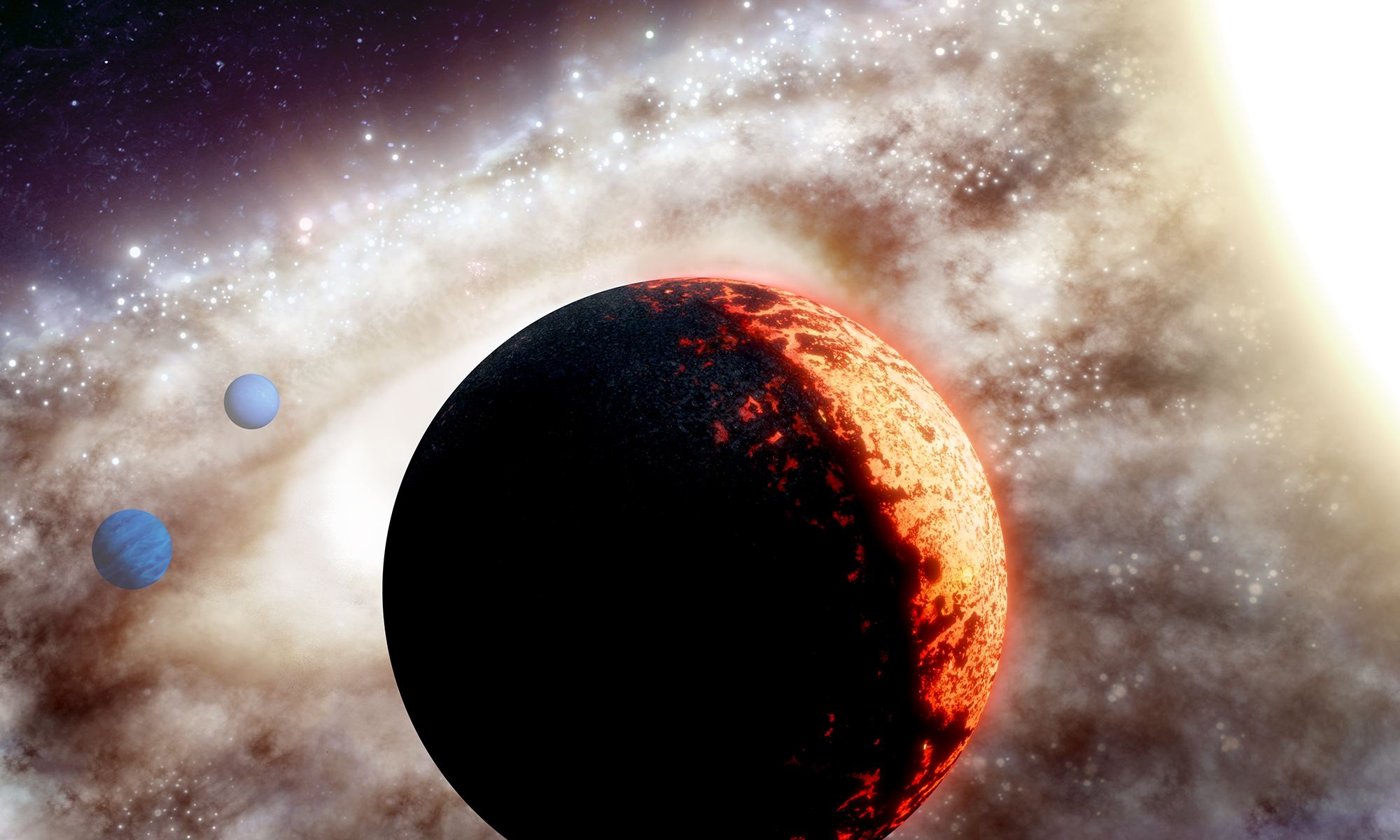
Could the planet be a captured wanderer?
Since stars and galaxies formed earlier than we initially believed, it seems consistent with a silicous rocky planet among gas giants at this early stage.
I’m not worried about the TOI561 orbit in the Milky Way – it would be a coincidence if it is oblique to the thin disk – but this is interesting:
“They argued that there is no distinct thick disk and say their data showed that “…the Milky Way has a continuous and monotonic distribution of disk thicknesses: there is no “thick disk” sensibly characterized as a distinct component.””
We don’t really know much about Milky Way detail structure – and so by extension other galaxies – but this reminded me of the recent observation that Milky Way may not be a grand spiral galaxy but a flocculent:
“The large-scale survey, called SEDIGISM (Structure, Excitation and Dynamics of the Inner Galactic Interstellar Medium), has revealed a wide range of structures within the Milky Way, from individual star-forming clumps to giant molecular clouds and complexes, that will allow astronomers to start pushing the boundaries of what we know about the structure of our galaxy.”
“Similarly, the results from the work led by Dr Duarte Cabral suggest that the structure of the Milky Way is not that well defined and that the spiral arms are not that clear.
They have also shown that the properties of clouds do not seem to be dependent on whether a cloud is located in a spiral arm or an inter-arm region, where they expected very different physics to be playing a role.
“Our results are already showing us that the Milky Way may not be a strong grand design type of spiral galaxy as we thought, but perhaps more flocculent in nature,” Dr Duarte Cabral continued.”
[“Scientists peer into the 3D structure of the Milky Way”, EurekAlert!, 3 Dec 2020]
@postman1: I guess it is unlikely, since they transit in the same plana and direction.
That would be something less than a percent chance, I think.
[The transit angle of the planet vs the orbit plane of the two others, divided by half for a capture, so something like (1-0.95)(1-0.95)/2 ~ 0.1 % for ~ 5 % transit observation chance of capture of planets close to a star and independent probabilities.]